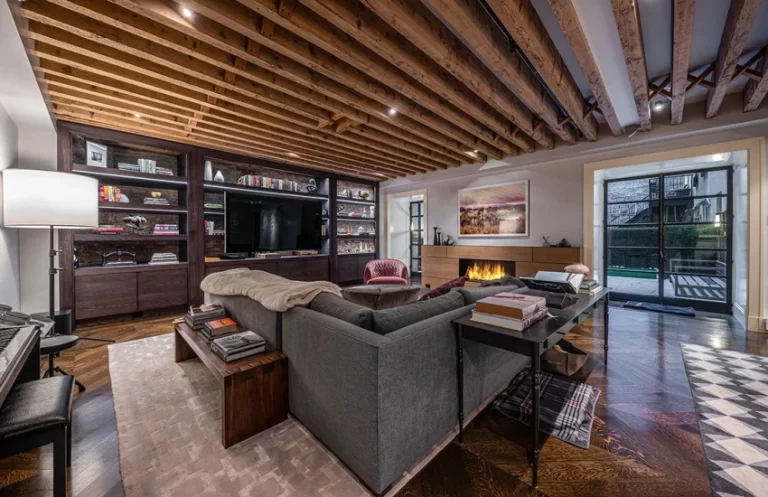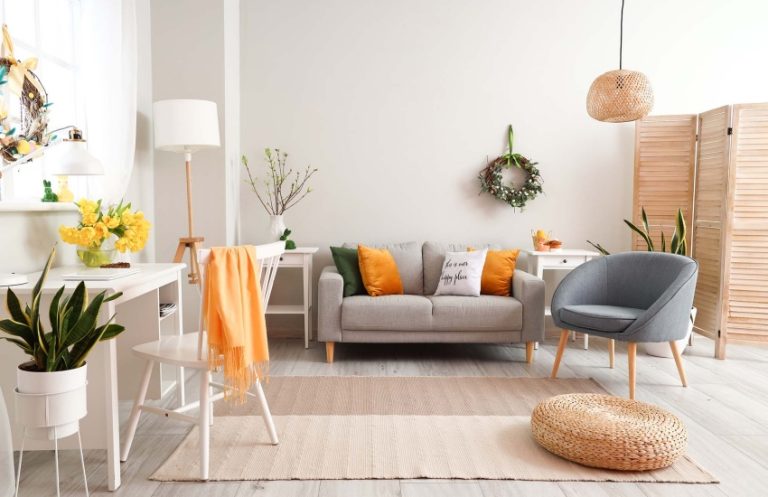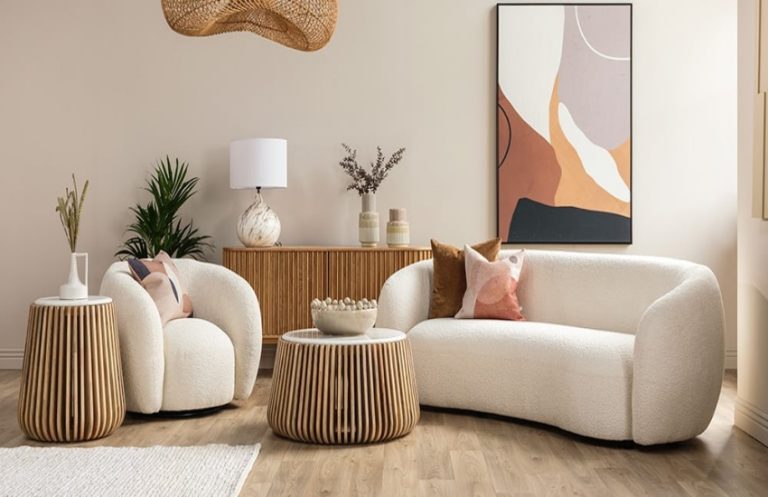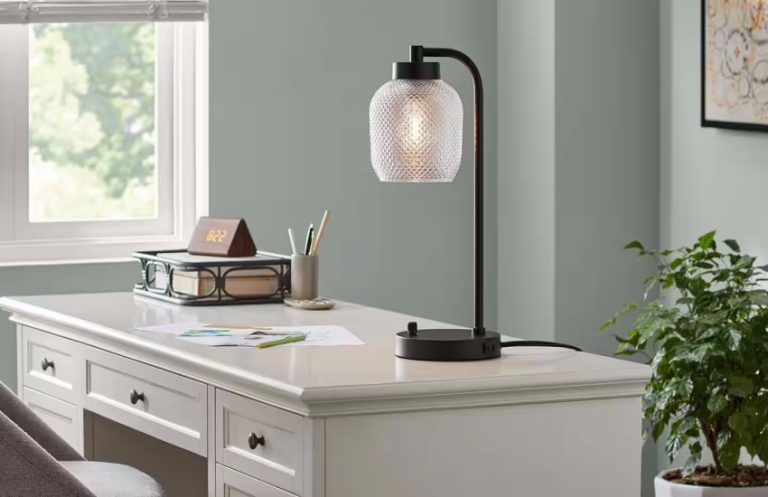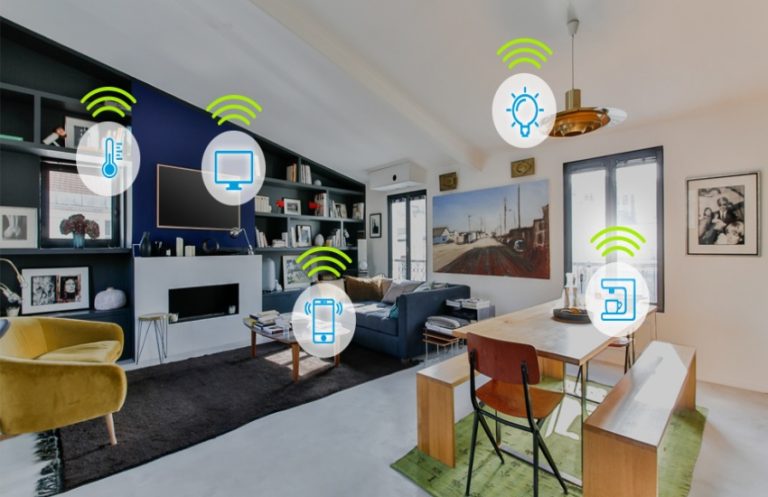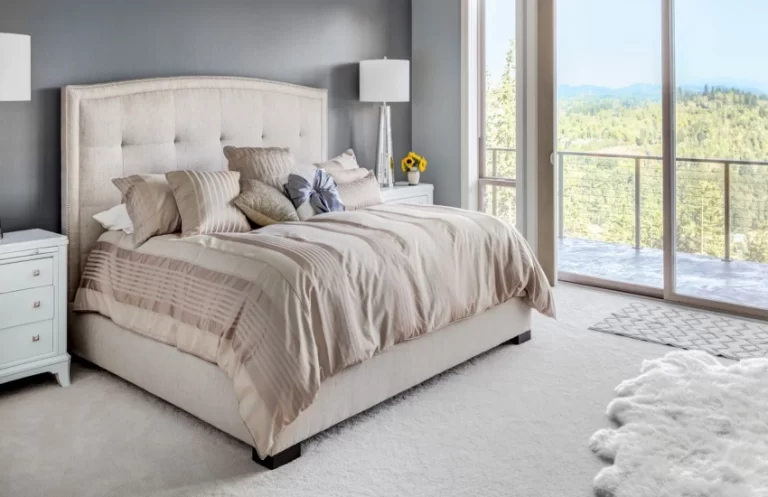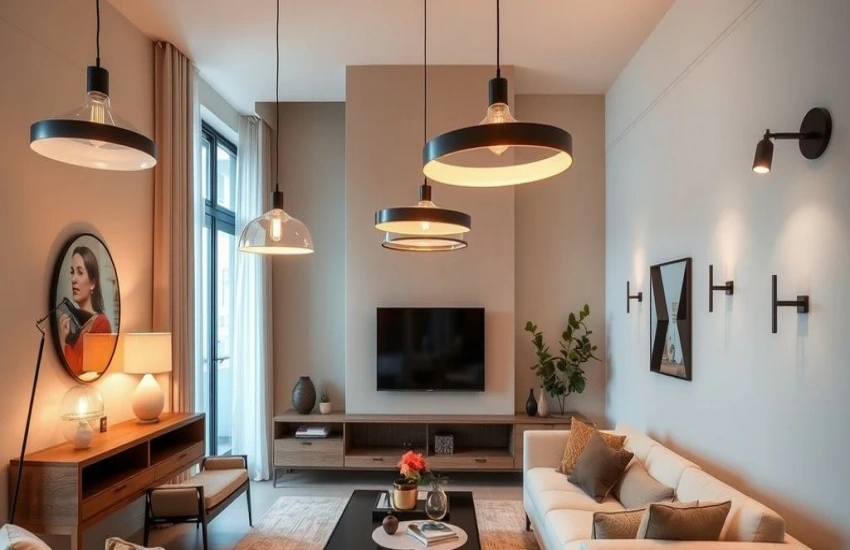
Natural light is often considered the most desirable form of illumination. Maximizing natural light can create a bright and airy atmosphere, making spaces feel larger and more inviting. Strategically placing mirrors can reflect sunlight and distribute it throughout the room, enhancing the overall brightness. Choosing light-colored curtains or blinds can allow more sunlight to filter in, creating a warm and welcoming environment. Incorporating skylights or larger windows can also significantly increase natural light, especially in darker spaces.
Ambient lighting serves as the foundation of a well-lit room. This type of lighting provides general illumination, ensuring that spaces are bright enough for everyday activities. Ceiling fixtures, such as chandeliers or flush mount lights, are common options for ambient lighting. Selecting fixtures that complement the room’s decor can enhance the overall design while providing adequate light. Dimmers can be added to ambient lighting to adjust brightness levels according to the time of day or mood, offering versatility in lighting control.
Task lighting is essential for specific activities that require focused illumination. This type of lighting is particularly important in areas such as kitchens, home offices, and reading nooks. Desk lamps, under-cabinet lights, and pendant lights can provide directed light for tasks like cooking, studying, or reading. Choosing task lighting that matches the style of the room can ensure that it blends seamlessly with the decor while serving its functional purpose.
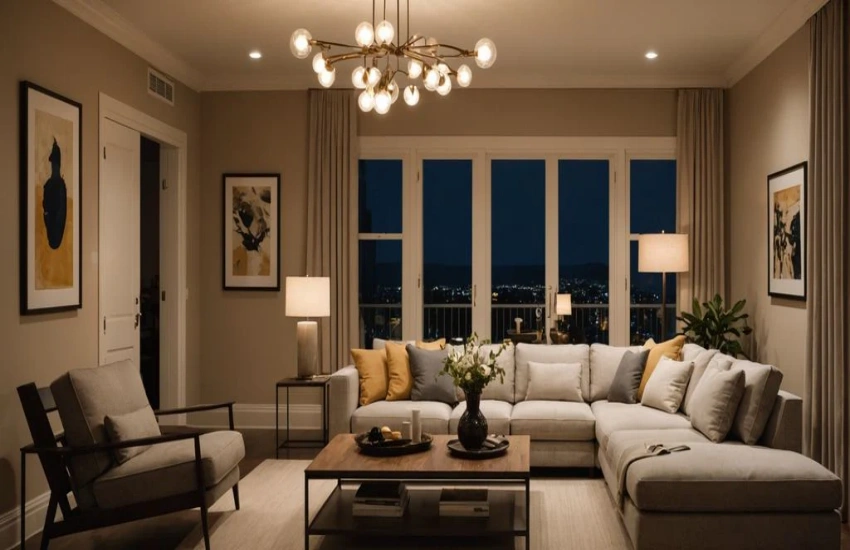
Accent lighting adds depth and dimension to a room by highlighting specific features or decor elements. This type of lighting can draw attention to artwork, architectural details, or plants, creating visual interest. Wall sconces, track lighting, and spotlights are effective options for accent lighting. Using accent lighting strategically can create a layered lighting effect, enhancing the overall atmosphere of the space.
Floor and table lamps offer flexibility and versatility in lighting design. These portable options can be moved easily to different locations, allowing homeowners to adapt their lighting according to changing needs. Choosing lamps with adjustable heights or shades can provide customized lighting solutions for various activities. Incorporating decorative lamps can also contribute to the room’s aesthetic, serving as both functional and stylish elements.
Smart lighting technology has revolutionized the way homeowners interact with their lighting systems. Smart bulbs and fixtures can be controlled remotely through smartphones or voice commands, allowing for effortless adjustments to brightness and color. This technology can enhance convenience and energy efficiency, as homeowners can schedule lighting according to their routines. Exploring smart lighting options can provide innovative solutions for modern living spaces.
Various lighting options into home design can significantly enhance both functionality and aesthetics. Understanding the interplay between natural light, ambient lighting, task lighting, accent lighting, and decorative lamps can empower homeowners to create well-lit spaces that reflect their personal style. Thoughtful lighting choices can transform any room into a comfortable and inviting environment, making it a crucial aspect of home decor.
